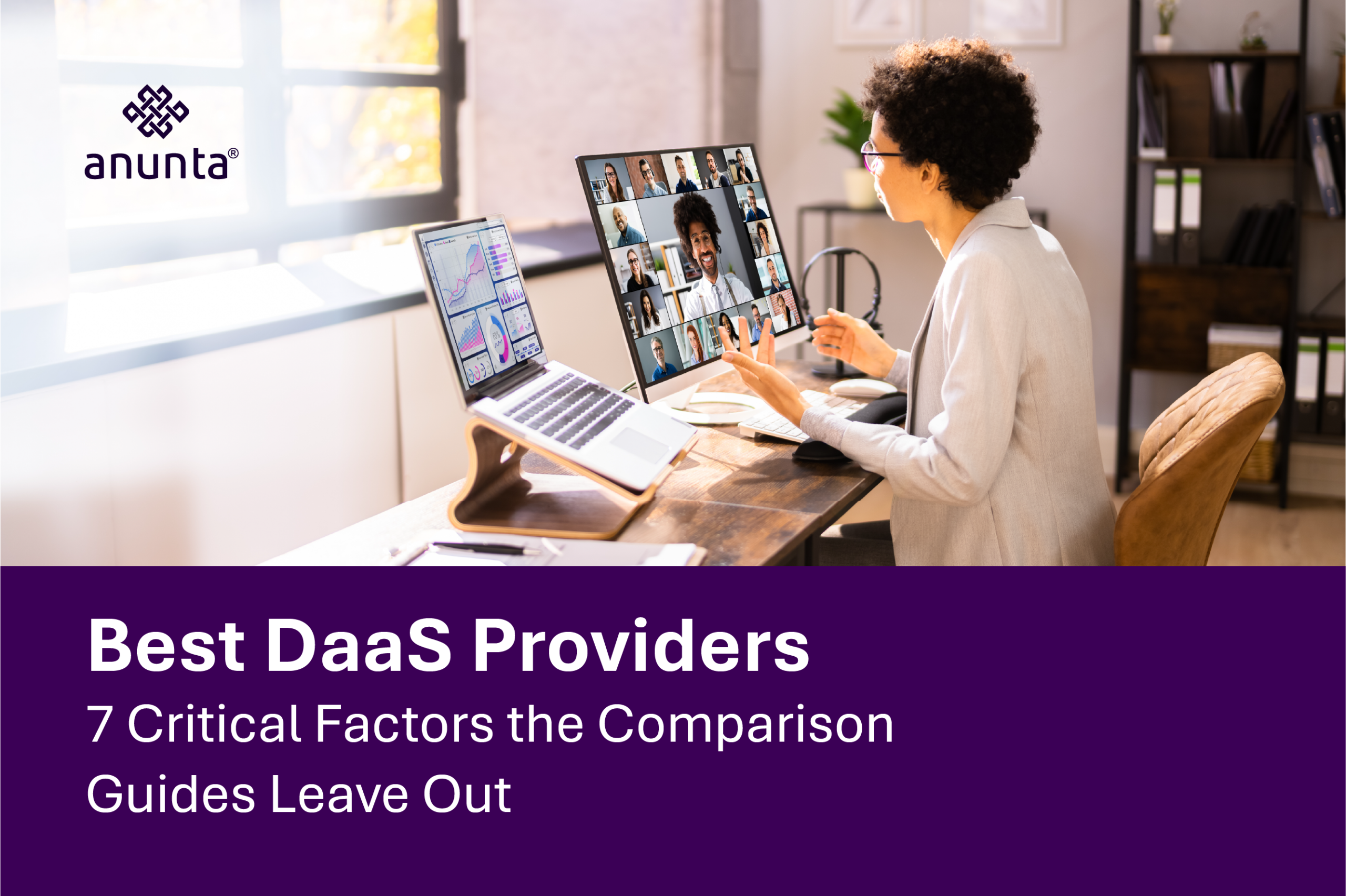
If you searched best DaaS providers, chances are you’ve already landed on a handful of blogs promising to rank the top solutions. Most of them look similar: a list of well-known names (AWS, Azure, Citrix, Omnissa), each with a tidy pros-and-cons chart and maybe a pricing table.
This isn’t one of those lists.
Why? Because naming “the best” DaaS provider is misleading. The right choice depends on your business context, your IT team’s bandwidth, your compliance requirements, and the workforce you’re supporting. Lists oversimplify what is, in reality, a decision that determines whether your DaaS deployment thrives or becomes a burden.
Instead of another ranking, this guide covers seven overlooked factors—the things that most comparison blogs skip, but that we’ve seen make or break DaaS projects in practice. Along the way, we’ll weave in industry stats that help illustrate just how critical these factors are.
Most lists talk about deployment. Few talk about what happens the day after launch, when the real work begins.
Day-2 operations include patching, monitoring, performance optimization, and troubleshooting. This is where IT leaders often discover whether a provider is a true partner or simply a vendor. A glossy feature matrix won’t reveal if you’ll be bogged down in tickets three months post-launch.
Most blogs stop at “support included.” In reality, that can range from proactive 24×7 monitoring to a help desk that only reacts when something breaks.
What to ask providers:
Moving from on-prem VDI, Citrix, or AWS isn’t a switch-flip. It’s a project that impacts applications, users, and timelines.
Migration complexity rarely gets mentioned in “best provider” blogs, but it’s one of the biggest reasons DaaS projects stall. A provider’s ability to plan cutovers, handle legacy apps, and minimize downtime should weigh as heavily as pricing.
If a comparison blog doesn’t mention migration, assume you’ll need to dig deeper.
What to ask providers:
Most provider comparisons include pricing tables. What they rarely show are the charges that appear later: data egress fees, premium support tiers, image management charges, or penalties for scaling up and down.
This isn’t a minor issue. According to Flexera’s 2025 State of the Cloud Report, 84% of organizations say managing cloud spend is their top challenge .
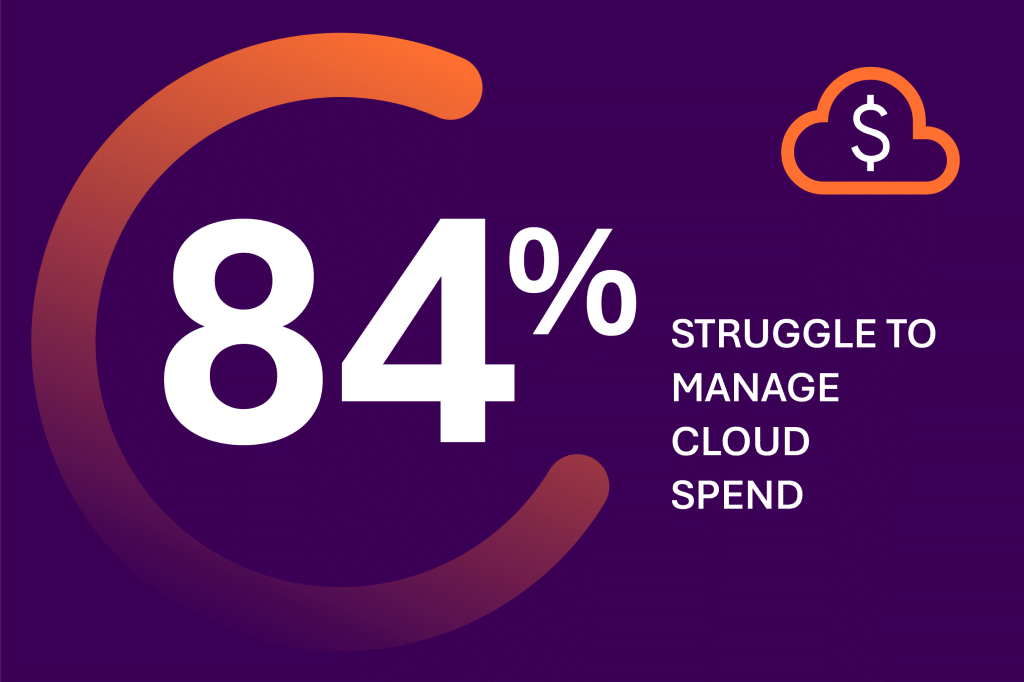
(Source: Flexera Press Release)
If a provider won’t walk you through a sample invoice, expect surprises.
What to ask providers:
Most lists reduce compliance to a yes/no checkbox. But compliance is rarely binary.
Healthcare needs HIPAA. Finance requires PCI DSS. Global firms must meet GDPR and regional sovereignty rules. And government often mandates FedRAMP.
Flexera’s same cloud report found that 61% of large enterprises now use multi-cloud security tools to strengthen compliance across environments. That means compliance is no longer a nice-to-have—it’s a driving factor in architecture choices.
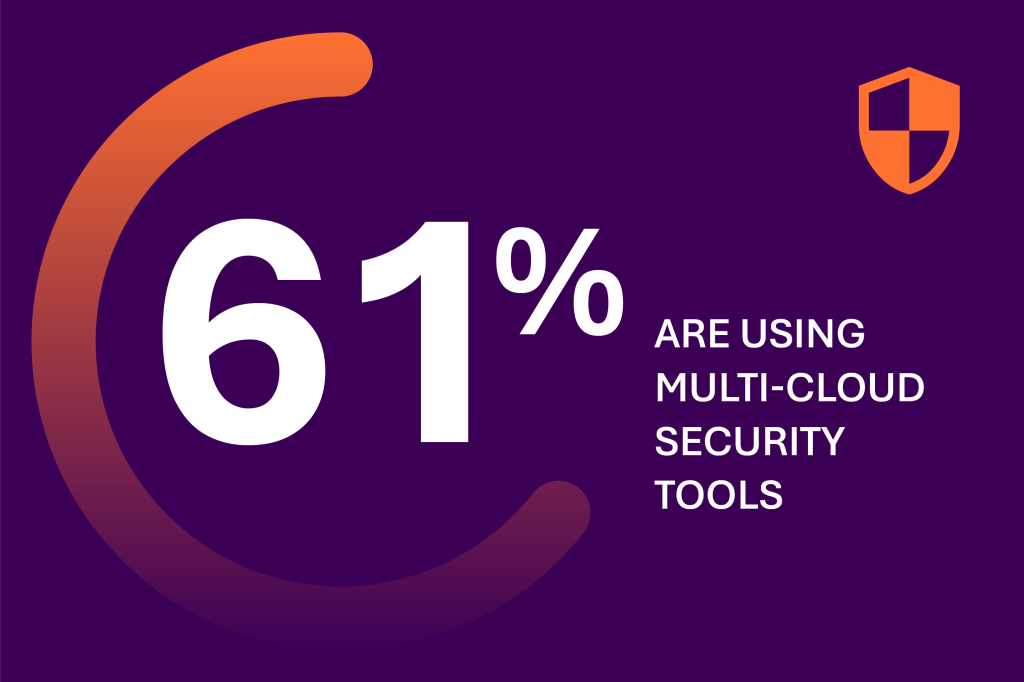
(Source: Flexera Blog)
Just because a provider claims compliance doesn’t mean it matches your auditors’ requirements.
What to ask providers:
Marketing claims like “fast login” or “low latency” look good in demos. The real question is whether performance holds up when thousands of users connect from different devices and locations.
BYOD, hybrid work, and remote teams mean diversity is the norm. Your DaaS must support desktops, laptops, tablets, and mobile devices across variable networks. Few blogs mention this, but your workforce will feel it immediately.
If you can’t find user experience benchmarks in a provider’s references, ask for them.
What to ask providers:
It’s easy to choose based on today’s requirements. But will your provider still be a fit as your environment evolves—into multi-cloud, hybrid, or post-merger integration?
Here’s why this matters: Flexera reports that 33% of organizations now spend over $12 million annually on public cloud services . That spend is only growing, which means cloud strategy—and DaaS fit—must evolve too.
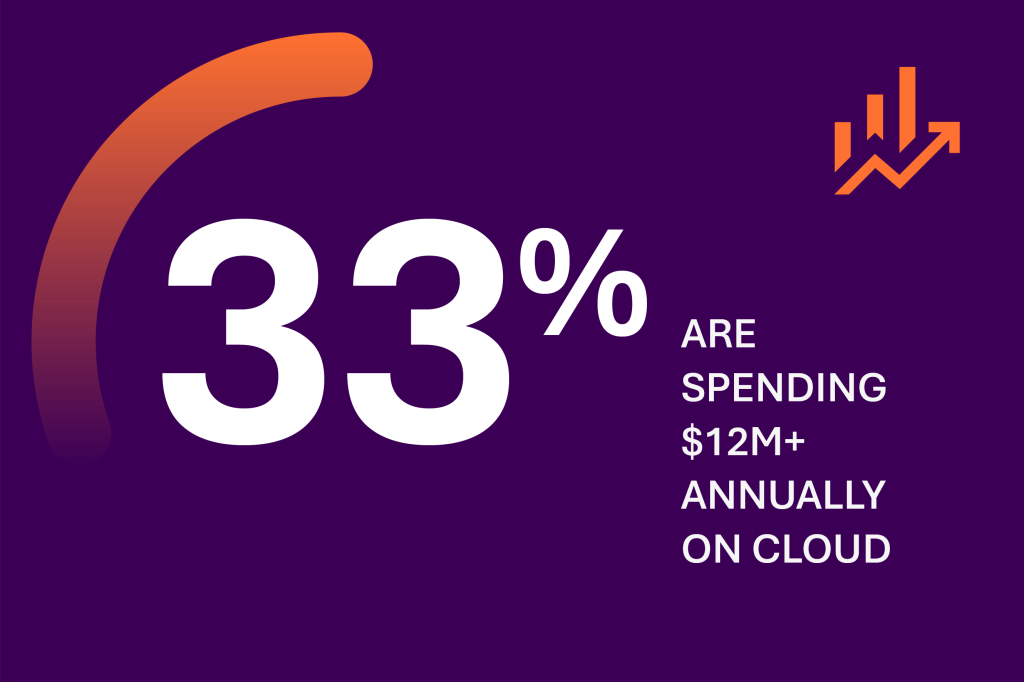
If a provider can’t articulate a roadmap that tracks with your growth, “best” today could be obsolete in two years.
What to ask providers:
A final gap in many “best provider” lists is how organizations govern cloud and DaaS spending over time.
Flexera found that 59% of organizations now have a dedicated FinOps team to manage cloud costs . That’s telling: cost control is no longer ad hoc—it’s institutional.
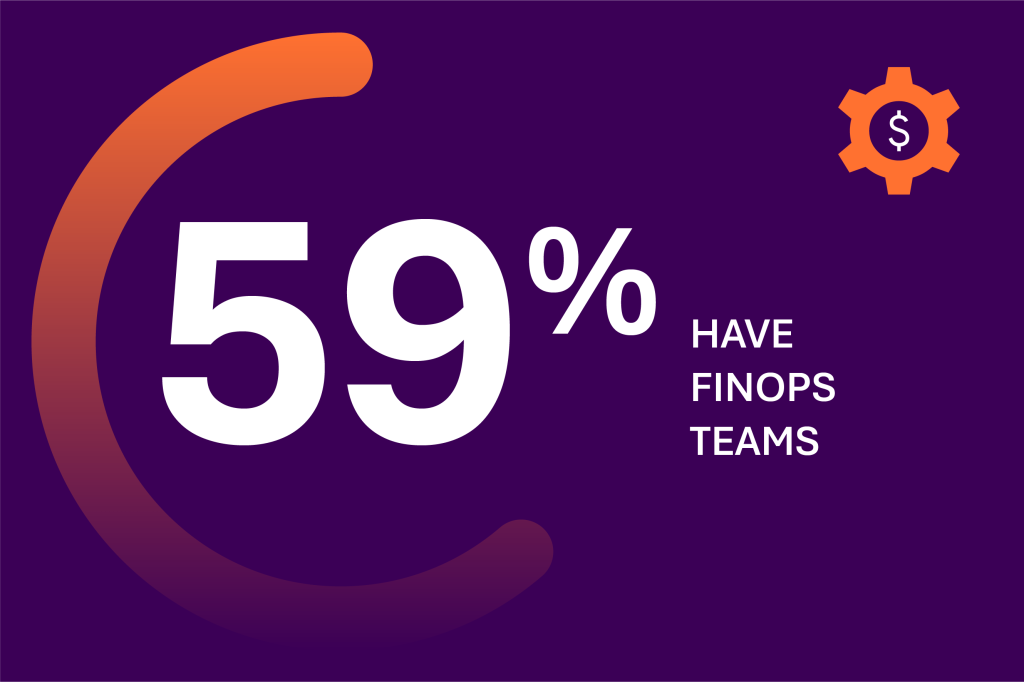
(Source: Flexera Blog)
A provider that ignores FinOps will leave your finance team fighting fires.
What to ask providers:
When you’re evaluating providers, don’t just check off features. Ask the questions that cut through marketing promises:
If you came here looking for a ranked list, let’s be clear: that’s not what we do. Because “best” isn’t about logos or feature tables—it’s about how well a provider supports your business once the marketing demo is over.
The best DaaS provider for you will handle migration complexity, minimize hidden costs, keep users productive, and adapt as your strategy evolves. Comparison lists won’t show you that—but asking transparent questions will.
We’ve guided organizations across industries through DaaS migrations, Day-2 operations, compliance challenges, and cost governance.
Research Review with Anunta’s CTO | Jan 14 | 12PM PST/3PM EST